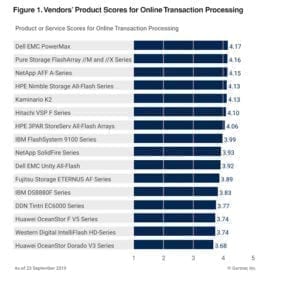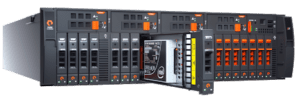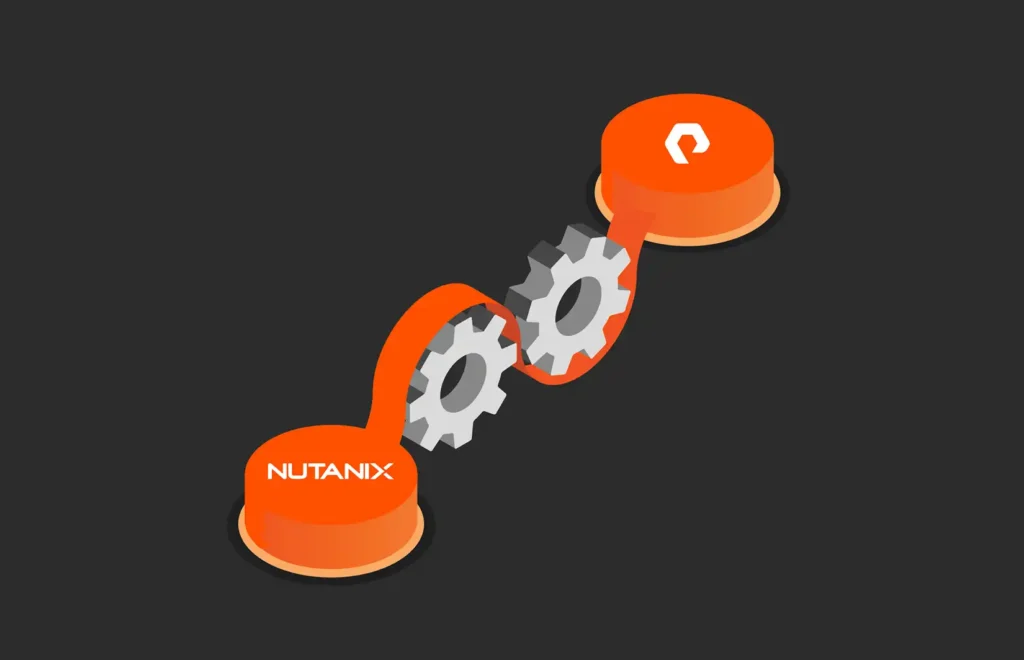Transactional Data at the Speed of Business
Transactions are all around us. Just earlier this week I was on the phone with my ‘former’ television service provider rectifying an incorrect billing issue and realized that my data was accessed and updated in real-time by the customer service person with whom I was speaking. I also purchased a few things online, used my debit card more times than I care to cite, and checked out my kid’s grades at school by accessing the school’s database. All transactions. All delivered in pretty close to real-time. What you come to realize is that to be successful, enterprises need to deliver quick response times for heavy processing combined with limited downtime and easy capacity expansion – all in something that’s easy to manage. That’s a tall order. But it keeps customers and end-users happy.
Thus, it’s exciting to see that our Pure Storage FlashArray™ was recognized as a leader in Gartner’s Critical Capabilities for Solid State Arrays report, ranking second in the Online Transaction Processing category, focused around relational databases.

The OLTP category is defined by data processing needs for business-critical applications, usually database management systems like Oracle, SQL Server, SAP HANA and many of the new stack data stores that are gaining in popularity. We also ranked #1 in the closely related virtualization and VDI categories. The report emphasizes user requirements for mission-critical databases around the following features and attributes:
“DBMSs require 24/7 availability and subsecond transaction response times; hence, a higher emphasis is placed on performance and RAS features. Manageability and storage efficiency are important because they enable the storage system to scale with data growth while staying within budgetary constraints.”
Those qualifications are rather well aligned with what we have always been trying to achieve relative to satisfying user needs around database operations. And here at Pure, it’s really the services delivered via the Purity operating environment that enable us to satisfy data management requirements for transactional databases. One of the hallmarks of Pure has always been the simplicity that we deliver in our arrays — no storage or IO subsystem tuning and easy installation. Beyond that, what do we believe the specifics are that enable us to excel in this Gartner category?

1. Performance and Response Times – Enterprises are less focused around the raw performance of storage systems in terms of IOPS but more on response times that databases can provide to critical applications that run the business. Revenue-generating activities, supply chain management, enterprise resource planning, and customer experience all rely on the extent that data can be quickly and reliably delivered to internal and external customers. FlashArray//X offers 100% native NVMe performance to ensure consistent and predictable sub-millisecond latency to keep these applications operating at the highest level. And we recently introduced Storage Class Memory into FlashArray in the form of DirectMemory(™) Cache that provides a boost for parallel read intensive OLTP transactions, offering up to 50% more performance for most databases.

2. Uptime and Availability – the average cost of downtime to an enterprise is estimated to run around $10,000 per minute and up. As much as performance is critical for satisfying the demand of users, availability is even more important. Companies risk loss of reputation, lost revenue, and even compliance issues when mission-critical services are down for minutes, hours, or even days in the most extreme cases. Pure knows this and has focused on engineering all-flash storage arrays that are always-on with proven 99.9999% availability for FlashArray//X as measured by customer arrays in production. And Pure offers ActiveCluster™, simple and cost-effective business continuity included in the Purity operating environment that is easy to deploy (only 4 steps) and delivers zero RPO and RTO with an elegant synchronous replication solution, eliminating the complex and lengthy instruction manuals required by other storage vendors. The addition of active-active asynchronous replication now provides an equally elegant and simple to use disaster recovery capability for global data protection.

3. Capacity and scaling within budget constraints – one need look no further than Pure’s revolutionary Evergreen™ storage experience, that enables customers to non-disruptively upgrade controllers, software, and capacity — without taking an outage. That’s right – don’t worry any longer about forklift upgrades and make the move to add capacity when it’s right for your budget and your business. For further visibility into capacity planning (making it easier to deal with seasonality of storage requirements), look to Pure1® cloud-based storage management that includes Pure1 Meta™, an AI-driven workload analysis planner that can help you determine capacity planning requirements before you run into issues.

Beyond that, we’ve introduced new hybrid cloud services with our Cloud Block Store and Purity CloudSnap™ capabilities – enabling you to take advantage of the agility and flexibility of an on-premises and hybrid cloud model with all the same data services and benefits described above. Whether you’re running traditional database or next-gen cloud native database workloads and find yourself challenged with complexity, downtime and inconsistent performance, maybe it’s time to check out and test drive a Pure FlashArray to see what it can do for your environment.
Related Topics:
Pure Storage Solutions for Enterprise Applications
2019 Gartner Magic Quadrant for Primary Storage
2019 Gartner Critical Capabilities blog for Virtualization
Gartner does not endorse any vendor, product or service depicted in its research publications, and does not advise technology users to select only those vendors with the highest ratings or other designation. Gartner research publications consist of the opinions of Gartner’s research organization and should not be construed as statements of fact. Gartner disclaims all warranties, express or implied, with respect to this research, including any warranties of merchantability or fitness for a particular purpose.






